Imagination can lead to some rather outlandish things. Just like these 7 bizarre 3D printing applications that you might not have heard of.
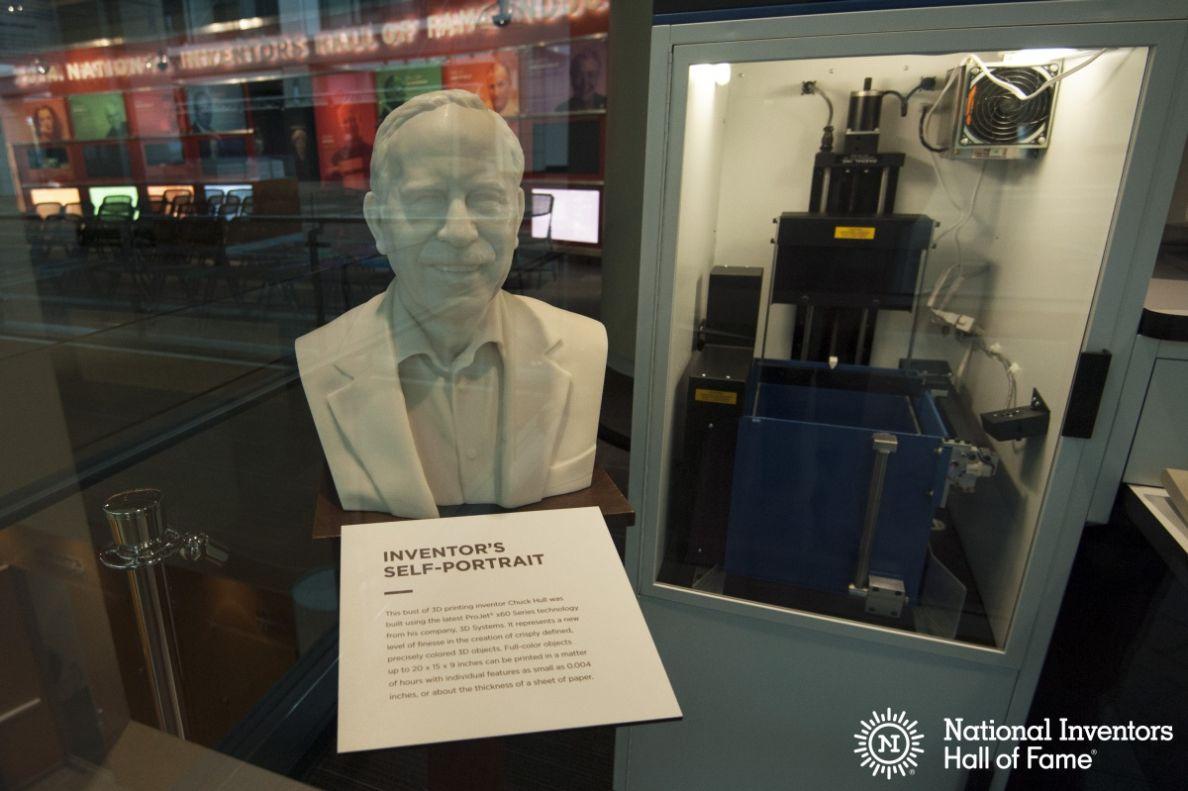
If you’ve ever used the internet, you know imagination has lead to some rather outlandish things. Much like these 7 bizarre 3D printing applications that you might not have heard of.
Started between 1981 to 1986 from the SLA and Hideo Kodama’s rapid prototyping system and stereolithography invented by Charles Hull, 3D printing has come a long way and spread like wildfire through various industries and the media with desktop 3D printing conquering the internet in recent years. With this glorious tech, the possibilities are only limited to a little physics, and imagination, especially with the rise of mobile scanning devices (Looking at you HoloLens and Project Tango).
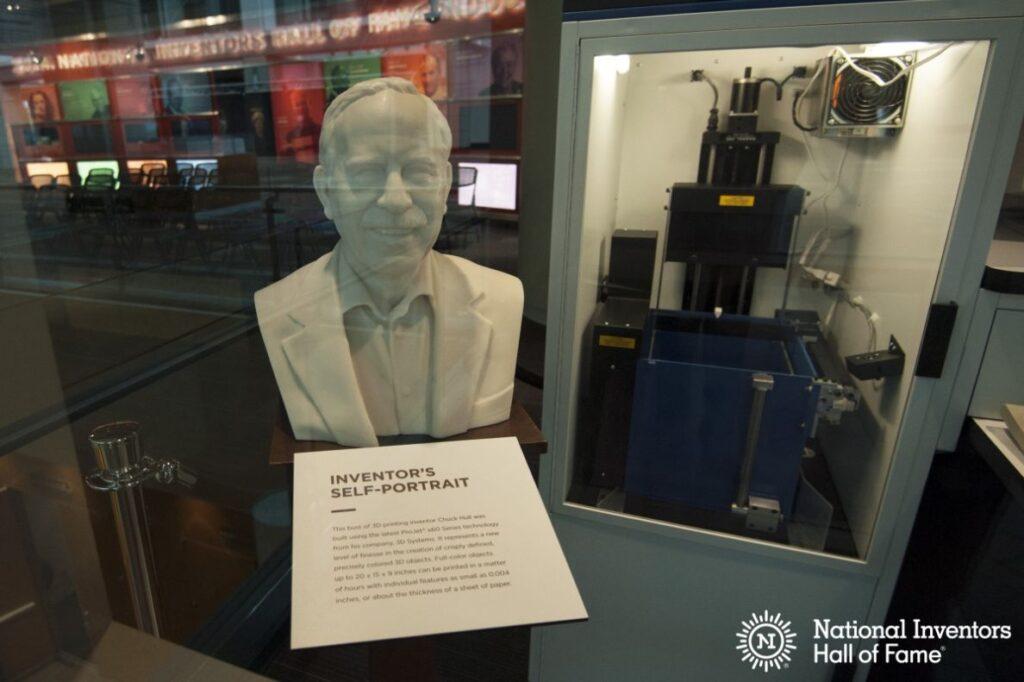
As science fiction, as 3D printing seems, it is only fitting for the geeks to keep the enigma alive. Blowing minds with comic influenced engineering magic by creating what has only been seen on the movie screen or in games. Fictional weapons, armor, items, figures, and a whole corner of Etsy.
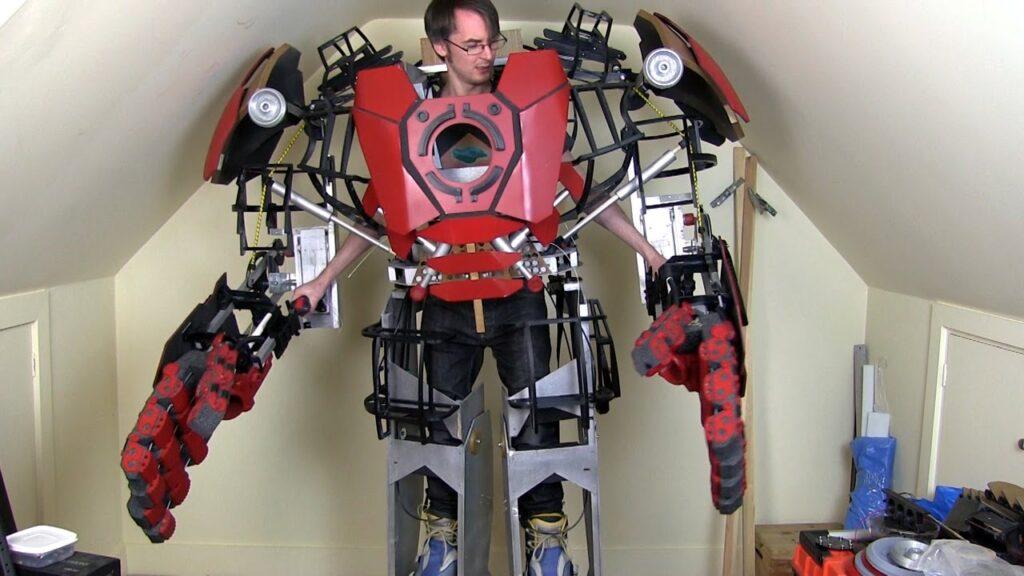
However, the most daring is creating full suits from their favorite characters. James Bruton from XRobots has managed to dedicate the time and brainpower to not only create a standard Iron Man suit, but also the massive Hulk Buster armor from Age Of Ultron. Though many pieces are bought elsewhere, much of the custom designed frame was 3D printed over many, many hours.
[Tweet "7 Bizarre #3DPrinting Applications You‘ve Never Heard Of"]
Just to prove that 3D printing isn’t off limits to anyone, musicians have taken their artistic design and the budgets of fellow music makers to create affordable tools of the trade. From guitars to clarinets, one can find plans for a “print your own custom instrument” with relative ease. One in particular that is rather eye-catching is the 3D Varius electric violin. The company behind the ice queen/space age designed stringed beauty gave us a nice little run down in an email stating:
The 3D Varius is an electric and 3D printed violin based on a real Stradivarius model. We make it with the objective to create a new violin in perfect symbiosis with the violinist. That's why it adds a lot of features that you can't find on another violin.
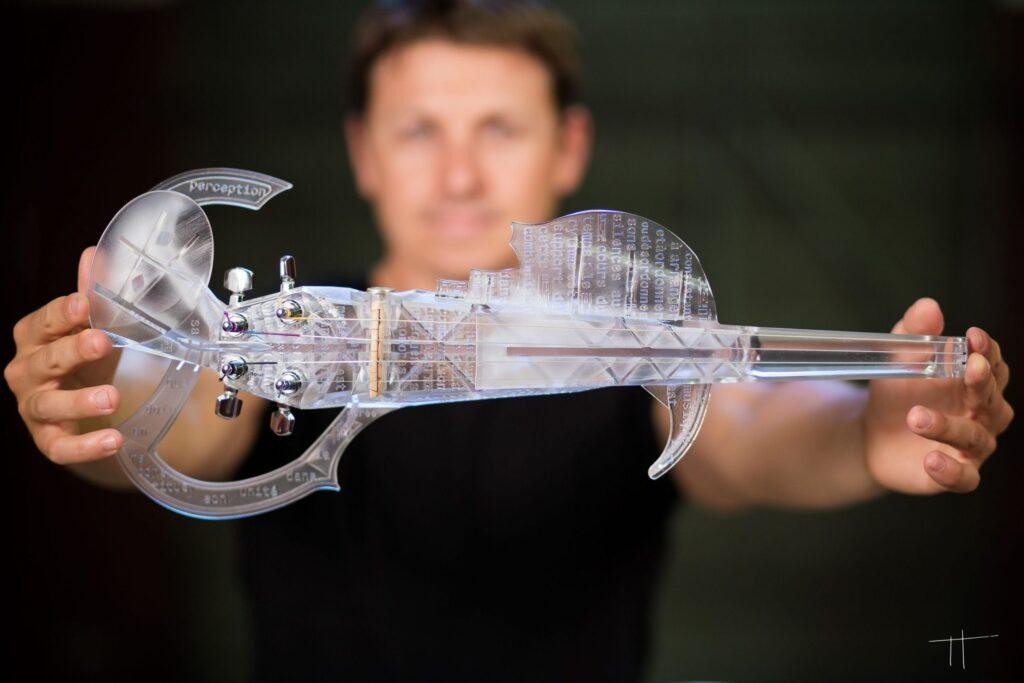
Through 3D printing, this violin is a lightweight piece with an intricate design. If this sounds like your type of innovation then you should go and grab one.
Almost everyone has seen the cute kid and Mr. Downey Jr. compare robotic arms, prosthetic and movie prop respectively. Affordable tailored limb replacement is only the tip of the iceberg for the medical field use of additive manufacturing. Medicine is where bizarre 3D printing applications go even beyond bizarre. From the readily available prosthetics and models of developing babies for blind parents to the experimental bone, organ, and synthetic skin printing.
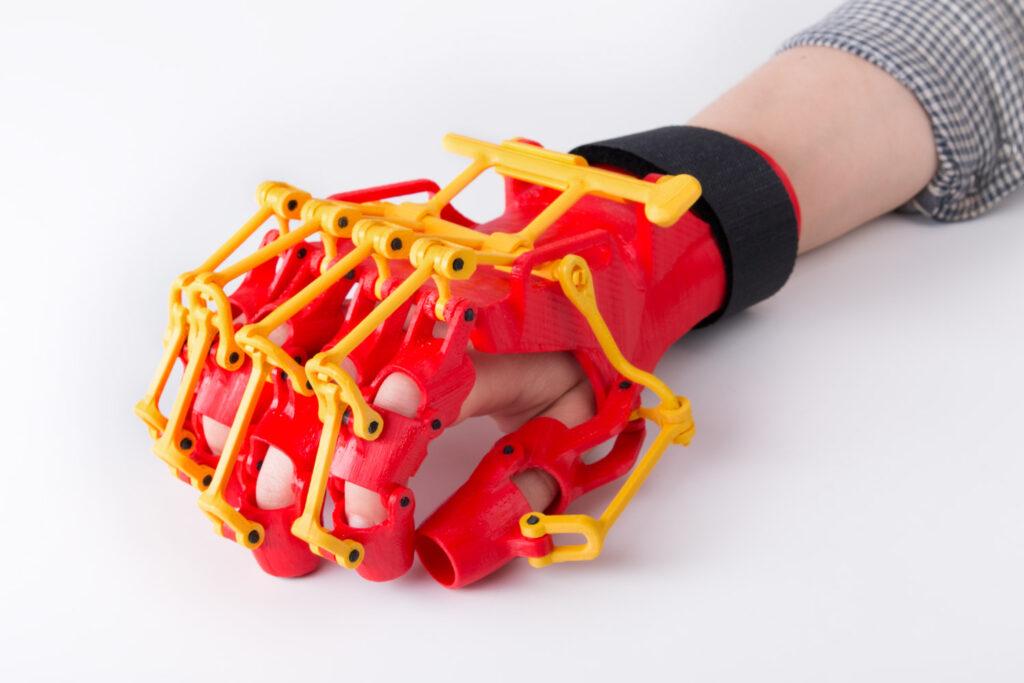
Medical use could very arguably be the most widely and impactful use. Mostly from high-end modified printers come these now possible achievements, so don’t expect to materialize your own prescriptions or tissue. Nevertheless, medicine, in general, is becoming more affordable and more effective towards each individual patient and hopefully, we’ll all benefit from this.
We may not be tossing palm-sized dehydrated pizza's in a hydrator to make pan sized fresh meals like in Back To The Future, but food of the future is already here. For most of which can only be assumed easier manufacturing or publicity, 3D printed food isn’t conceptual and theoretical, but instead, can be purchased and eaten. There’s already a 3D printing restaurant, the Albert Hijin supermarket in Eindhoven (The Netherlands), currently on its way through a global tour.
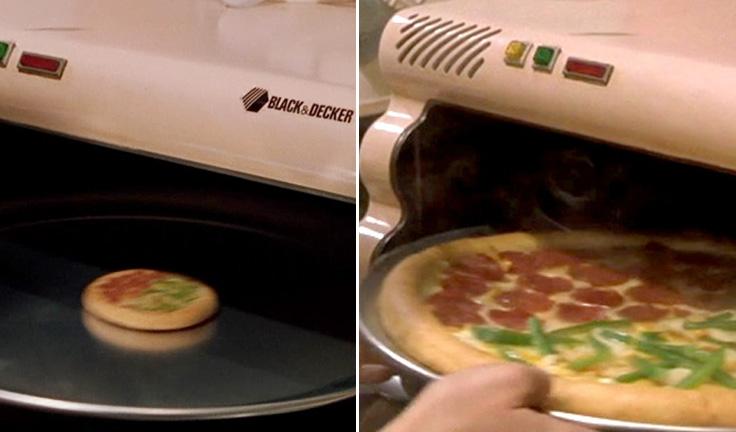
While it more or less makes sense to print chocolate, pizza material and things of the like, there is another food project that takes things to the next level. Chloe’ Rutzerveld’s Edible Growth is one of our bizarre 3D printing applications because it's a biscuit substance that actually gets tastier the longer you wait to eat it. Within a few days, mushrooms have grown through the hole covered biscuit structure adding flavor, design, and other nutrients. Rutzerveld states:
I want to show that high-tech food or lab-produced food does not have to be unhealthy, unnatural, and not tasteful.
3D printing these healthy treats makes sense in the food printing community, as a way to give structure housing for the mushroom spores that wouldn’t be possible otherwise.

While printed clothing is still working out some bugs as it tries desperately to go beyond the runway, there are plenty of other designs you can wear around town on your evening stroll. An endless number of rings, bracelets and other jewelry that can be made unique to you, as well as shoes.
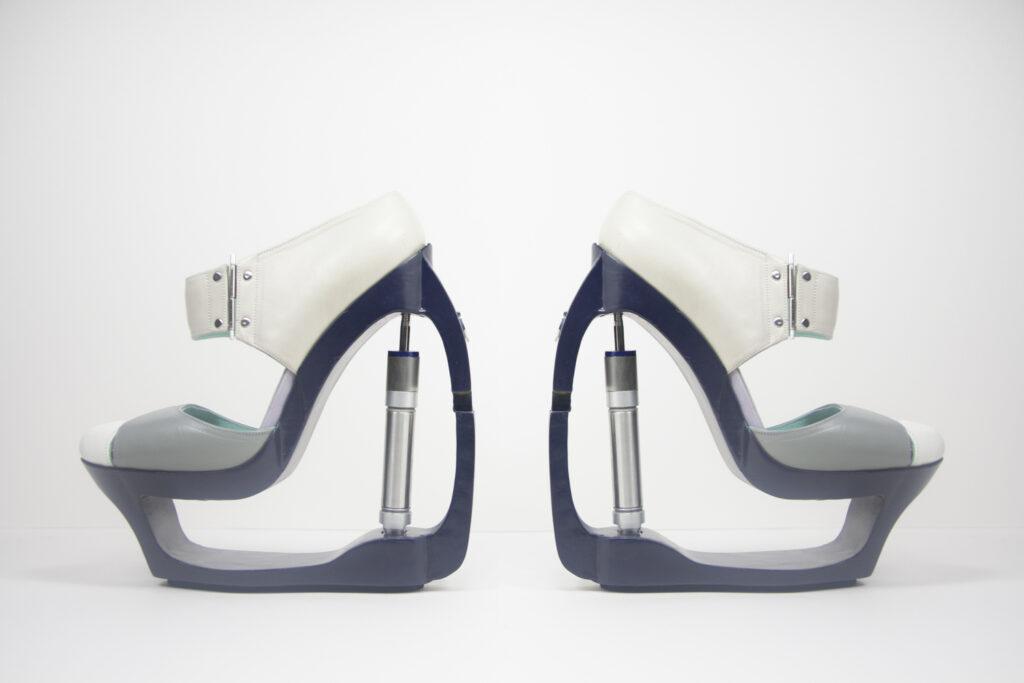
You may have heard about tennis shoe companies printing the tread for many of their new models, but there are still more options to explore. One example being hydraulic heels from Silvia Fado. Fado’s use for 3D printing is truly a practical one, while Silvia may create high-end designer styles, mass production isn’t the best side dish for such quality design. Rather than having an engineer design a new assembly line and machinery for each new set of heels, with a ZMorph multitool 3D printer, every set can come out the way it was meant to be. Goes to show that with the right add-ons, a printer becomes as diverse as the possibilities it produces.
From bones and shoes to food and giant robot costumes, what other bizarre 3D printing applications are still out there?
Imagine a wire frame that stretches nearly four stories high and 3D prints livable, sturdy earth homes for those in need all over the world. That is exactly what you have with Big Delta WASP printer. From water, dirt, clay, and plant fibers many in the pit of poverty are finding green homes to take shelter inside of, one layer at a time.
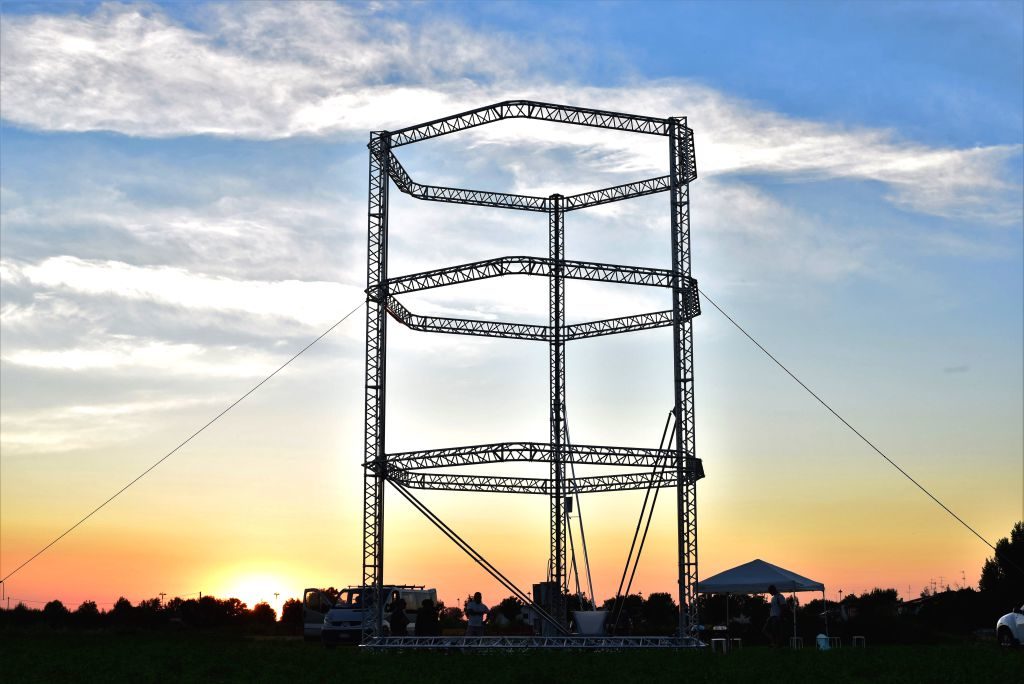
On the other side of the spectrum, Rudenko’s 3D Concrete House Printer is creating longer lasting structures. So far Andrey Rudenko has created an appealing concrete castle and a hotel suite in the Philippines.

It is evident that times are constantly changing faster with every passing chapter. Trends come and go and repeat from time to time. Some daily activities, though, we may not ever look back at doing the same again. Flow is a beehive that with a lot of ingenuity and the product producing qualities of printing, is changing the majority of beekeeping structure entirely. Rather than practically destroying the hive, this new design releases the sweet nectar without even the need of removing the lid.
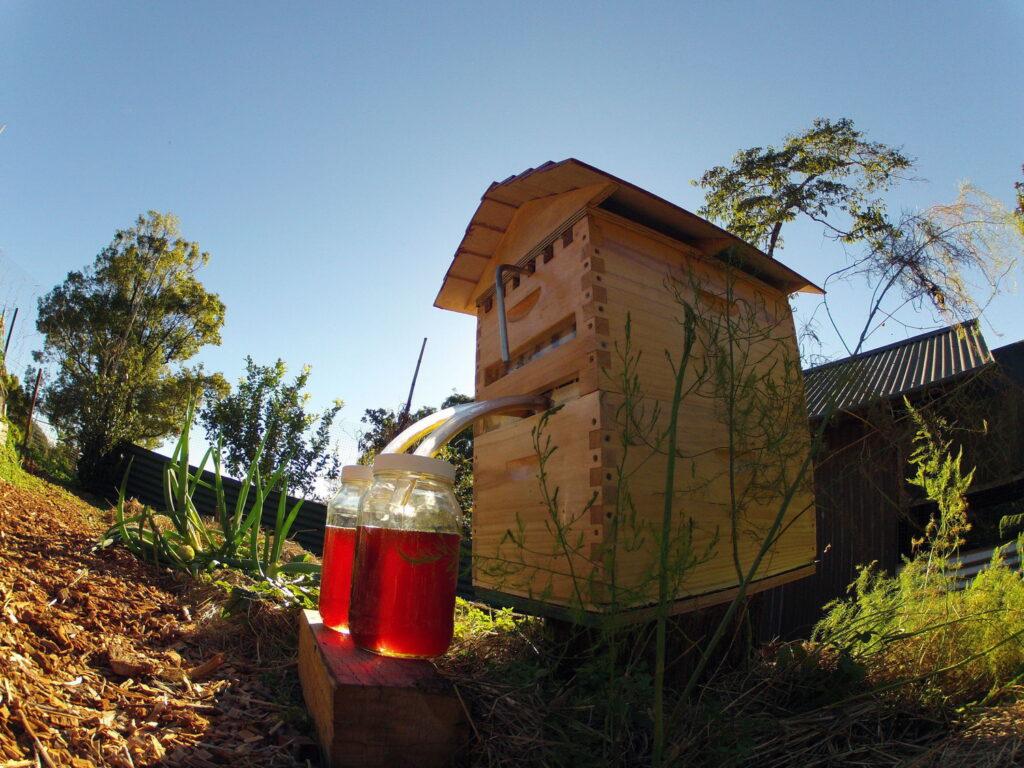
Beekeeping isn't the only thing with old concepts being replaced for good, paired with three-dimensional scanners police officers and forensics are using to create to-scale near perfect replicas of crime scenes with another of our bizarre 3D printing applications.
While small models of scenes are nothing new, the accuracy and ease of the printing method are. Human error is now much less of a concern for a number hobbies and professions alike across the world.
Technology is ever taking the form of our outlandish dreams, one step leading to the dozens in front of it. No longer it’s about what’s not possible, but simply WHEN is it possible. Additionally, not only is achievement scored by engineers and scientist for all of the humanity, the tools and utilities are advanced to be easier to use and more affordable for all of everyone to become part of the innovative frontier.
What bizarre 3D printing applications have you thought up? Leave a reply below and share your story of thinking outside the box.
Your email address will not be published.
It's interesting to know that limb replacement could be affordable with 3D printing services. This would really help patients with a limited budget these days. I hope that there are more services that offer this in partnership with medical facilities at the same time.